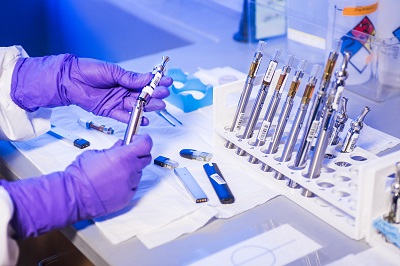To apply for the registration of a Class II medical device with the Indonesian Ministry of Health (MOH), the following steps are typically involved:
1. Prepare Required Documentation:
Ensure that you have all the necessary documentation to support your application. These typically include:
- Product Information: Detailed description of the medical device, its intended use, and the manufacturer.
- Technical Documentation: This includes the device's design, manufacturing process, and compliance with relevant standards (e.g., ISO 13485).
- Clinical Evaluation Report (CER): If applicable, provide evidence of clinical safety and effectiveness.
- Risk Management Report: Ensure that the device complies with risk management standards (e.g., ISO 14971).
- Certificate of Free Sale (CFS): From the country of origin, proving that the device is legally sold in that country.
- Product Labeling: Ensure that the device labeling complies with Indonesian requirements (including language requirements).
- Quality Management System (QMS) Documentation: Evidence of compliance with ISO 13485 or other applicable quality standards.
- Instructions for Use (IFU): This should be in Indonesian, as required by local regulations.
2. Determine the Product Classification:
- Class II devices are typically low to medium-risk devices, and they require a market authorization (Marketing Authorization Letter) from Indonesia's MOH.
- The classification is determined based on the risk profile of the device, and the application process for Class II devices generally involves submitting the above documents for review.
3. Appoint a Local Authorized Representative:
If you are a foreign manufacturer, you need to appoint a local authorized representative or an importer in Indonesia who will act as the point of contact with the MOH.
4. Submit the Application:
- Regulatory Submission: You or your local representative will submit the registration application through the Indonesian Health Ministry's e-registration system or to the National Agency of Drug and Food Control (BPOM) for medical devices.
- You will need to fill out a registration form and submit all the required documents for review. The e-registration system will guide you through this process.
5. Review and Evaluation by BPOM:
After submission, BPOM will evaluate the application for completeness and compliance with Indonesian regulations. The assessment will focus on the safety, performance, and labeling of the medical device.
6. Technical Evaluation:
BPOM may request additional technical data, clarification, or a factory inspection depending on the complexity of the device.
7. Approval and Issuance of Registration:
Once BPOM is satisfied with the application, they will issue a registration certificate (Surat Tanda Pendaftaran, STP). This certificate confirms that the Class II device is authorized for sale in Indonesia.
8. Post-Market Surveillance:
After the device is registered, you must comply with Indonesia's post-market surveillance requirements, which may include reporting adverse events and conducting periodic quality checks.
Timeline:
The registration process for Class II devices can take several months, depending on the completeness of your application and BPOM's workload.
Notes:
- Ensure all documents are translated into Bahasa Indonesia, as this is a common requirement.
- The application process and documentation can vary depending on the type of device, so it's important to review the specific requirements for your product.
Would you like more detailed guidance on any of these steps?

Contact Us:
Whatsapp or Wechat:+86 15816864648;email address:hito.lin@grzan.cn
.png)
.jpg)
.png)

.png)